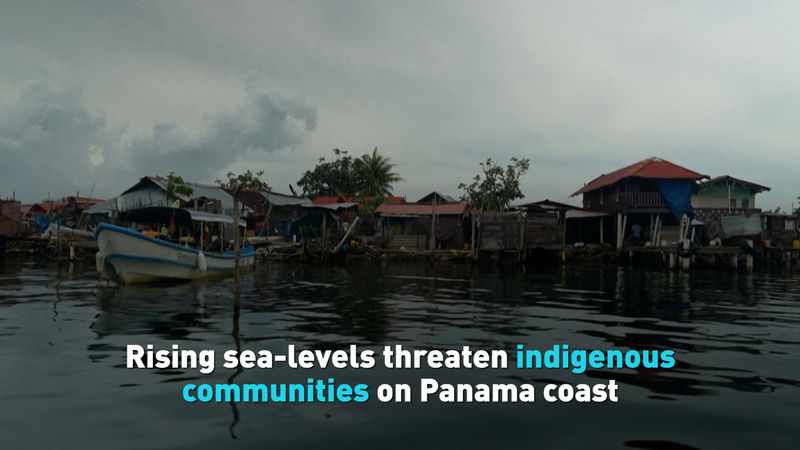Hey there, globe-trotters and trendsetters! 🌍 Did you know that in 2023, Pakistan, Bangladesh, and India topped the charts—but not in a way they'd like to brag about? These countries have the dubious honor of having the world's worst air quality, with smog levels soaring sky-high. 😷
According to a report by IQAir, a Swiss air monitoring organization, the average concentrations of PM2.5—tiny particles that can wreak havoc on our lungs—reached staggering levels. Bangladesh clocked in at 79.9 micrograms per cubic meter, and Pakistan wasn't far behind with 73.7 micrograms. To put that into perspective, the World Health Organization (WHO) recommends no more than 5 micrograms! 😮
So, what's causing this haze over South Asia? Christi Chester Schroeder, air quality science manager at IQAir, explains, \"Because of the climate conditions and the geography in South Asia, you get this streak of PM2.5 concentrations that just skyrocket because the pollution has nowhere to go.\" Combine that with factors like agricultural practices, booming industries, and dense populations, and you've got a recipe for smog central. 🌆
In Bangladesh, the situation is dire. About 20% of premature deaths are linked to air pollution, with related healthcare costs gobbling up 4-5% of the country's GDP. \"Unfortunately, it really does look like it will get worse before it gets better,\" Schroeder adds. 😔
Over in India, things aren't much better. PM2.5 levels are about 11 times higher than the WHO standard. New Delhi snagged the not-so-coveted title of the world's most polluted capital city, with levels hitting 92.7 micrograms. Yikes! 🏭
Even the Chinese mainland saw an increase after five years of improvements, with PM2.5 levels rising 6.3% to 32.5 micrograms last year. 🌬️
On a brighter note, only a handful of countries like Australia, Estonia, Finland, Grenada, Iceland, Mauritius, and New Zealand met the WHO standards in 2023. Looks like we could all learn a thing or two from them! 🇦🇺🇫🇮🇳🇿
The report highlights a significant issue: 39% of countries have no public air quality monitoring. \"Considering the large potential benefits and relatively low cost, it's stunning that we don't have an organized global effort to deploy resources to close these data gaps,\" says Christa Hasenkopf from the University of Chicago's Energy Policy Institute. 🧐
So, what can we do? Stay informed, raise awareness, and maybe swap that car ride for a bike trip when you can. Every little bit helps in clearing the air! 🚴♂️💨
Reference(s):
cgtn.com



